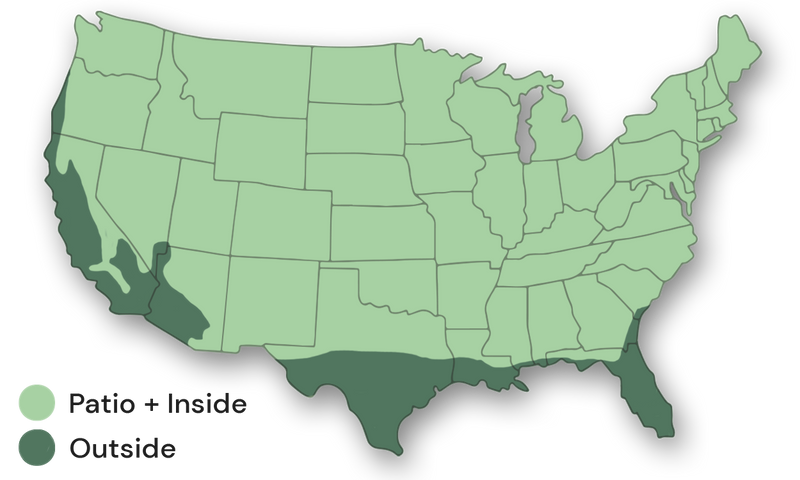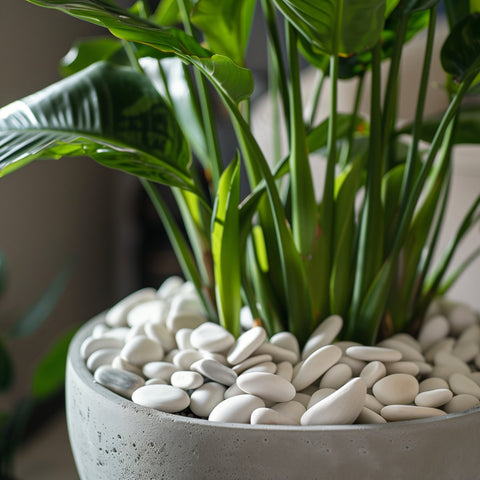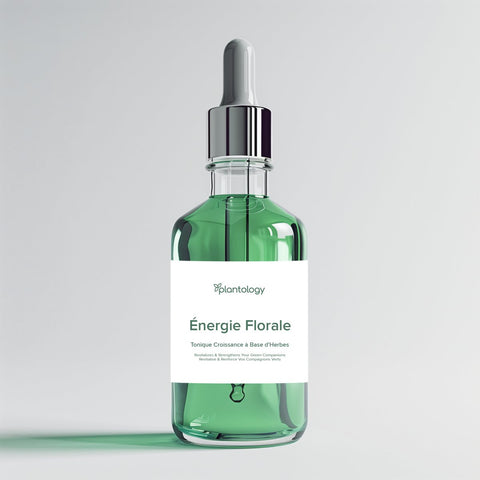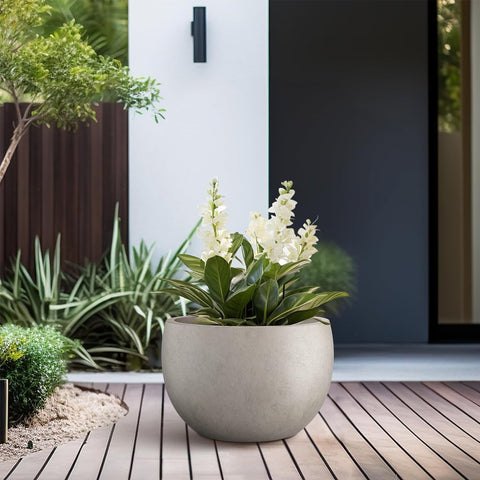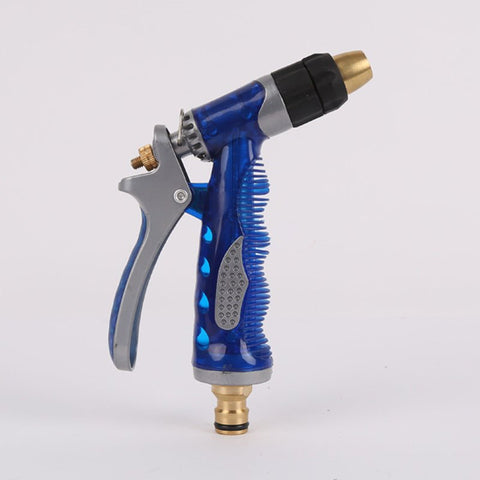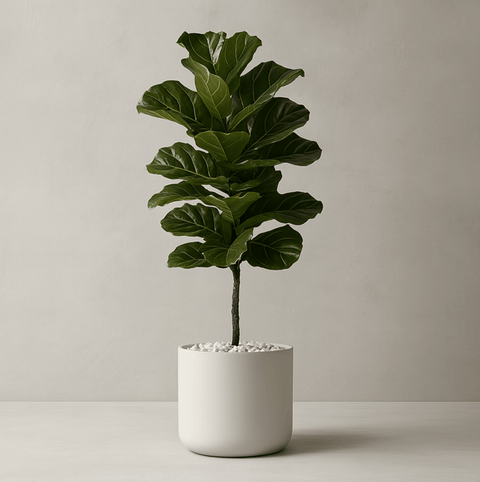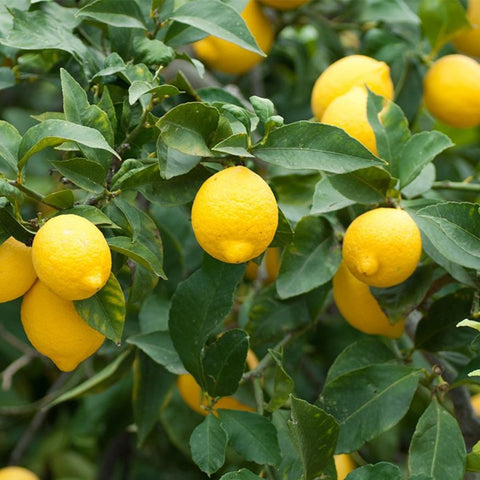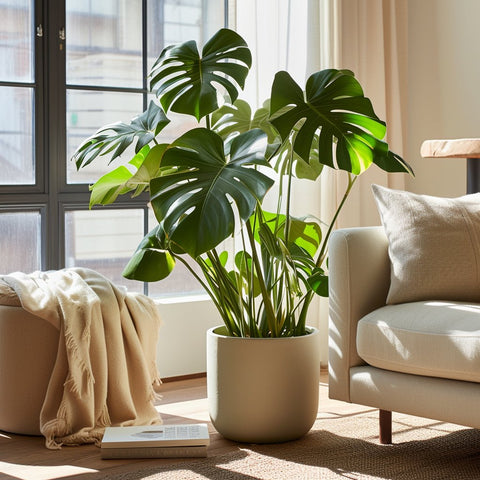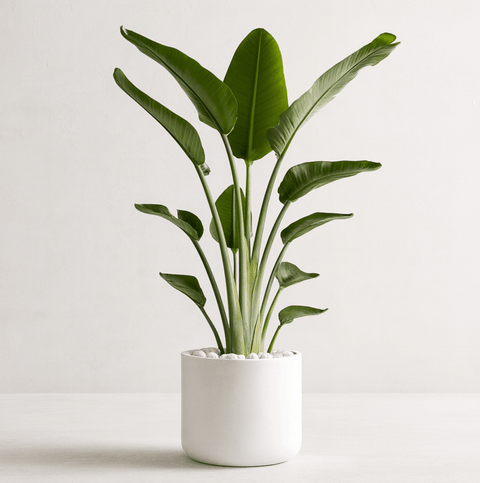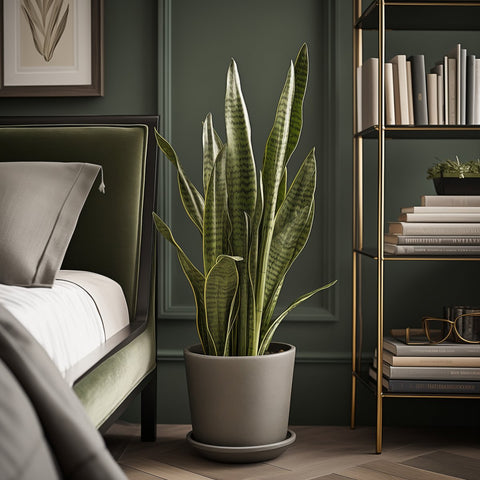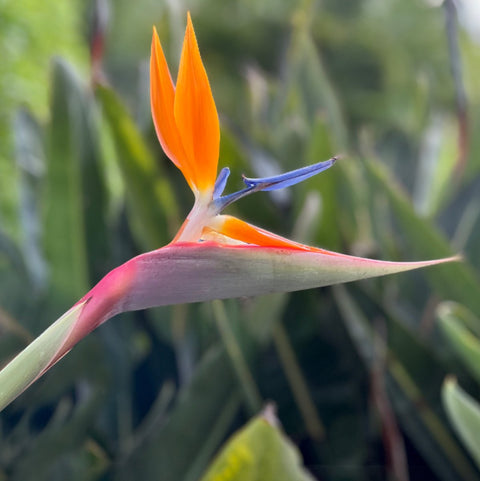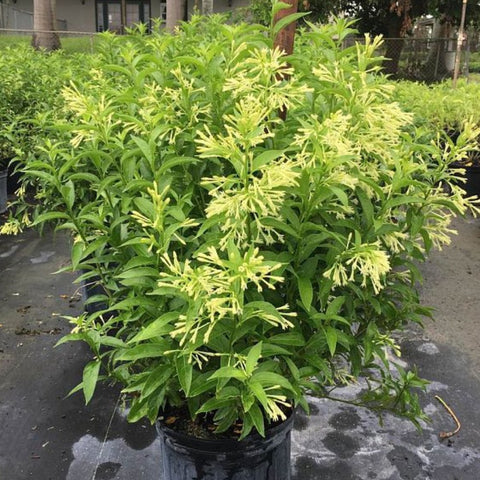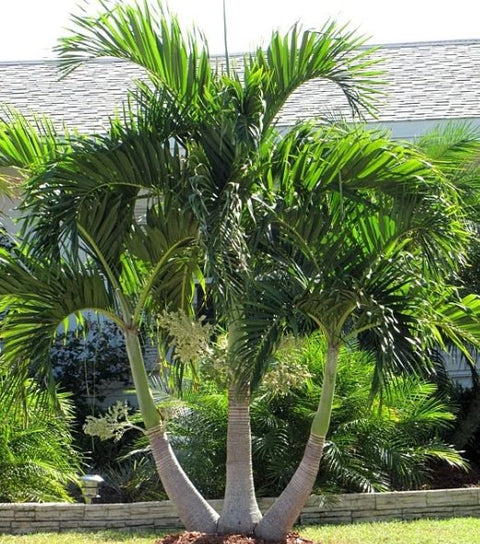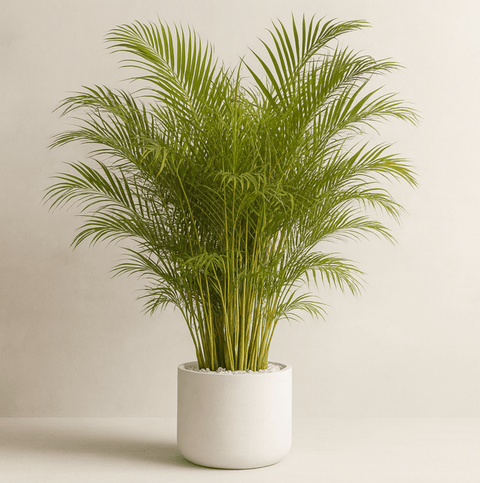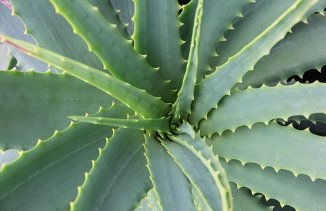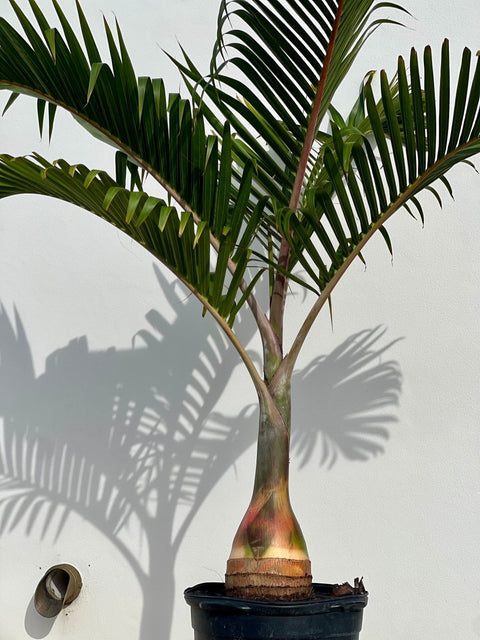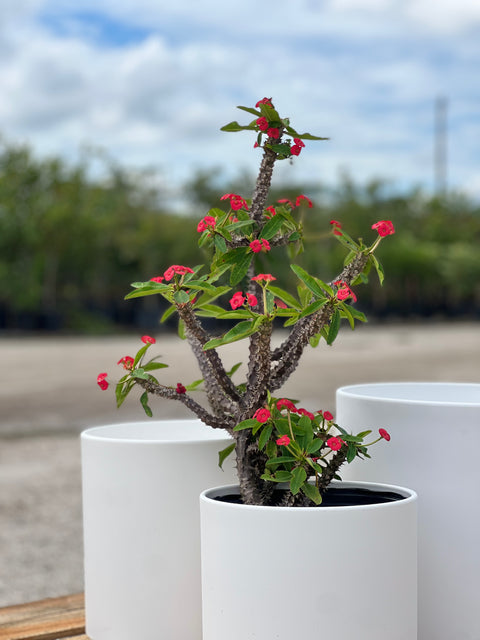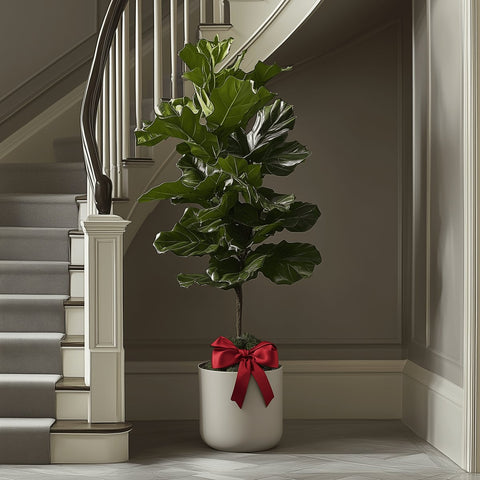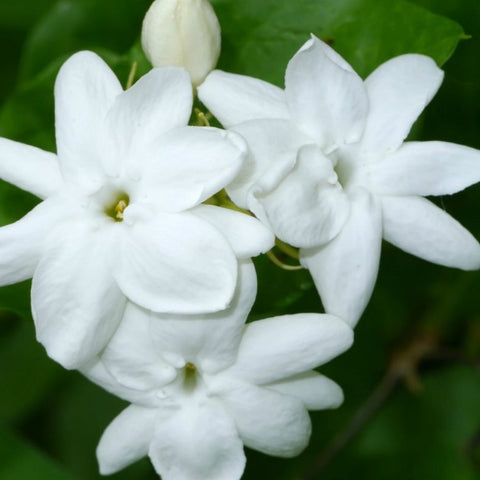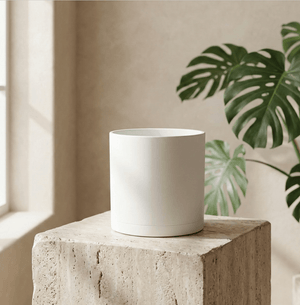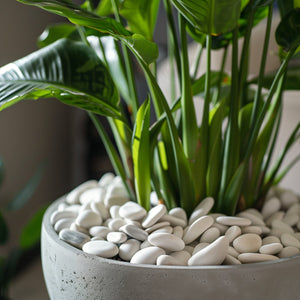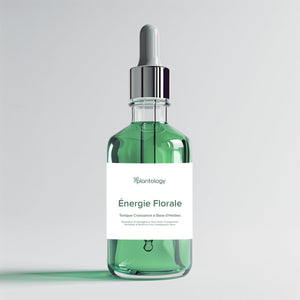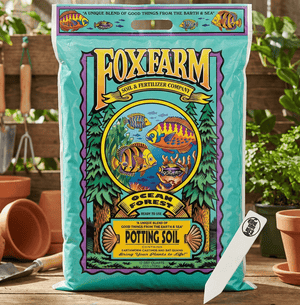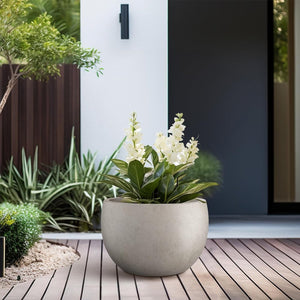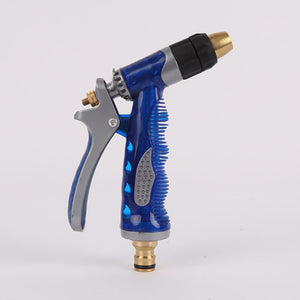How to Grow
Alocasia Portora, commonly known as Elephant Ear, thrives indoors with bright, indirect light. It adapts to lower light levels but may slow its growth. Plant it in well-draining soil with pot drainage holes to prevent waterlogged roots.
Care Tips
Alocasia Portora is low-maintenance. Keep the soil consistently moist, avoiding overwatering to prevent root rot. Water when the top inch of soil feels dry. Feed with a balanced liquid fertilizer every 4-6 weeks in the growing season (spring and summer). Pruning is usually unnecessary, but remove yellow or damaged leaves for aesthetics.
Uses
Alocasia Portora is an excellent choice for indoor decor, adding elegance to homes and offices with its vibrant foliage. Its low-maintenance nature makes it suitable for both novice and experienced plant enthusiasts.
Planting Tips
When planting Alocasia Portora in a pot, choose well-draining soil and a container with drainage holes. Position in an area with bright, indirect light. Water thoroughly when the top inch of soil is dry, allowing excess water to drain.
Maintenance
Regular maintenance includes proper watering and feeding during the growing season. Watch for yellowing leaves, a sign of potential overwatering. Protect the plant from drafts and cold temperatures, maintaining warmth and humidity for optimal growth.
Pests and Diseases
Alocasia Portora is generally resistant to pests but may attract mealybugs or spider mites. Monitor regularly and treat with neem oil or insecticidal soap if needed. Ensure good airflow to prevent fungal diseases, and avoid overwatering to prevent root rot.
Frequently asked questions
If youre looking for cost-effective ways to fertilize your Elephant Ear plant (Alocasia Portora), there are several options you can consider to promote healthy growth and vibrant foliage without breaking the bank. One cost-effective method is to use homemade compost as a natural fertilizer. Compost is rich in nutrients and can help improve soil quality over time. You can create your own compost using kitchen scraps, yard waste, and other organic materials. Simply add a layer of compost to the soil around your Elephant Ear plant and gently work it into the top few inches of soil. Another budget-friendly option is to use organic liquid fertilizers, such as fish emulsion or seaweed extract. These products are relatively inexpensive and can be diluted with water to create a nutrient-rich solution for your plant. Simply follow the instructions on the product label for proper application and frequency. In conclusion, fertilizing your Elephant Ear plant doesnt have to be expensive. By utilizing homemade compost or organic liquid fertilizers, you can provide your plant with the nutrients it needs to thrive without breaking the bank. Remember to feed your Elephant Ear plant regularly during the growing season and adjust your fertilization routine based on the plants needs.
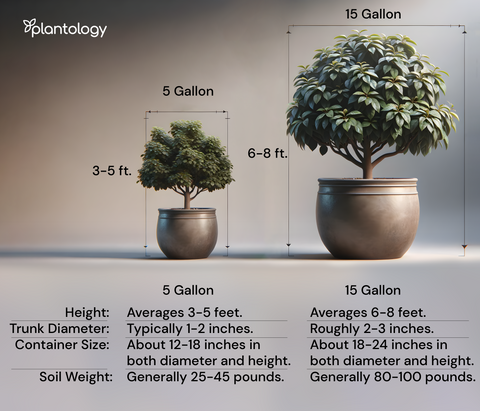
Free Shipping Over $150
Only $12 flat rate on orders under $150
Healthy Arrival Guarantee
Plants arrive healthy or we replace them free




